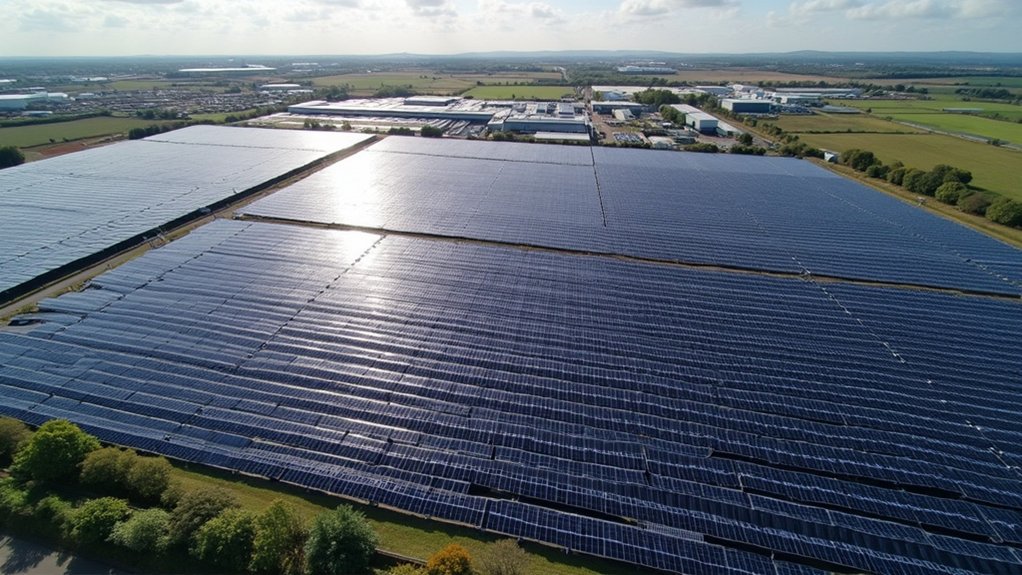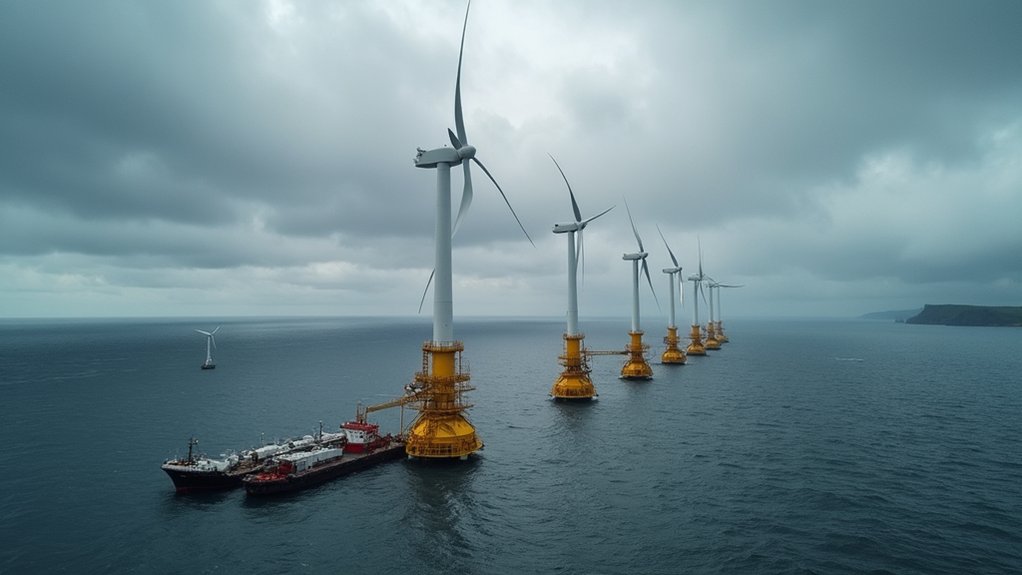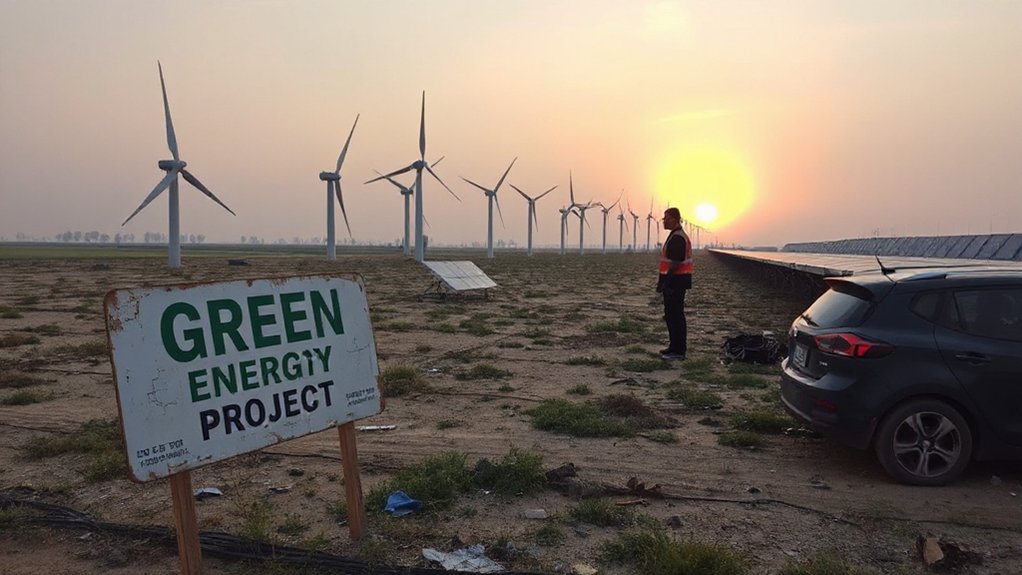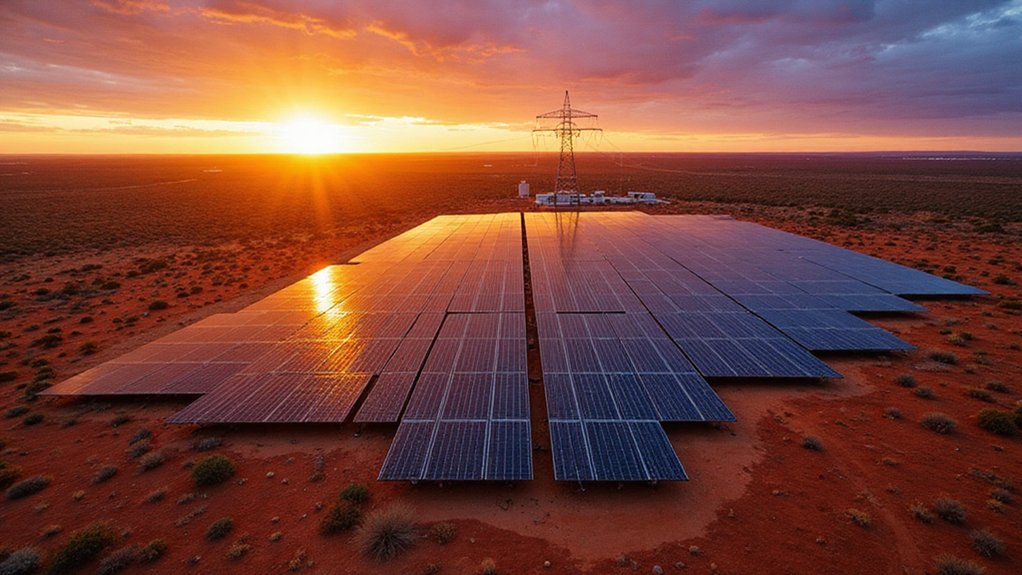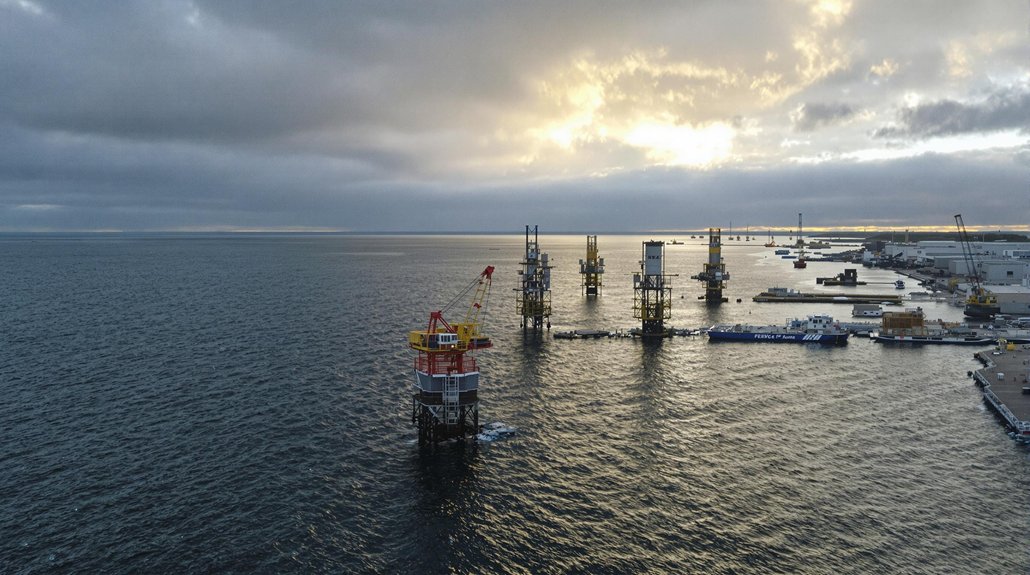Toyota has transformed thousands of square meters of industrial land into clean energy production sites that now power the manufacturing of cars and engines. The company’s Derbyshire solar array covers about 90,000 square meters and uses around 17,000 UK-made solar panels. This installation generates 4.6 million kilowatt-hours of electricity each year, enough to build 7,000 cars annually.
The automotive giant didn’t stop there. A second solar farm at Toyota‘s Deeside facility in Wales features nearly 13,000 solar panels with a capacity of 3.8 megawatts. This Welsh installation produces up to 3.4 million kilowatt-hours yearly, powering the assembly of up to 22,500 engines. The Deeside array provides approximately 10% of the factory’s electricity needs. The solar panels were supplied by Tata Power Solar for this impressive installation.
These solar projects represent a first for the UK car industry. The Derbyshire installation saves up to 2,000 tonnes of carbon dioxide emissions annually, while the Deeside array prevents about 1,800 tonnes from entering the atmosphere each year. The energy generated supports production of several Toyota models, including the Auris full hybrid, Auris, and Avensis for European markets.
Toyota’s innovative solar arrays mark a UK automotive first, significantly reducing carbon emissions while powering production of vehicles for European markets.
The initiative is a joint venture between Toyota Motor Manufacturing UK and British Gas. The energy company designed and installed both solar arrays, with operations beginning in 2011 at Derbyshire and 2014 at Deeside. The installation work for the project has already commenced, with power supply expected to begin in July 2023. Local planning authorities and Welsh government officials supported these large-scale renewable energy projects.
Toyota’s sustainable plant vision has established a precedent that other automotive manufacturers can follow. The approach is replicable across UK and European manufacturing facilities. The company also encourages employee engagement for continued environmental improvements at its sites. Toyota’s implementation of solar energy aligns with global trends, as solar panels now provide over 3% of global electricity while costs have decreased dramatically since 2010.
The Burnaston plant’s solar panels cover an area equivalent to 4.5 football pitches. Together, these solar installations demonstrate Toyota’s commitment to environmental leadership in UK automotive manufacturing while greatly reducing the carbon footprint of its vehicle production process.
References
- https://newsroom.toyota.eu/2011-toyota-achieves-uk-car-industry-first-with-large-scale-solar-panel-array/
- https://media.toyota.co.uk/toyota-harvest-solar-energy-power-uk-engine-production/
- https://www.gem.wiki/Toyota_Motor_Manufacturing_Uk_Deeside_solar_farm
- https://global.toyota/en/detail/244611
- https://media.toyota.co.uk/wp-content/uploads/sites/5/pdf/210223M-Mirai-Full-Release.pdf
